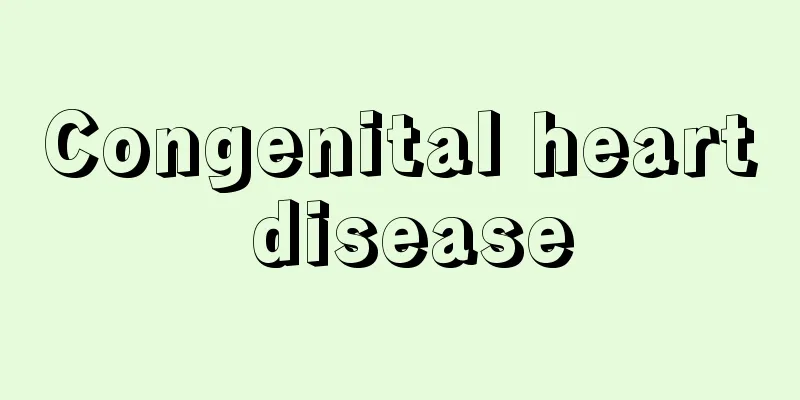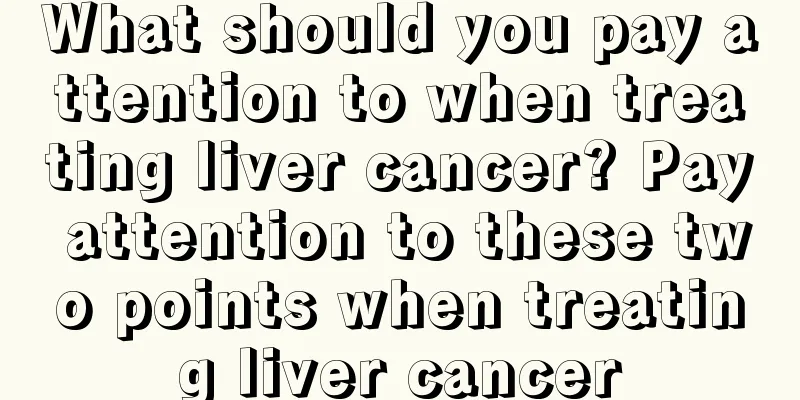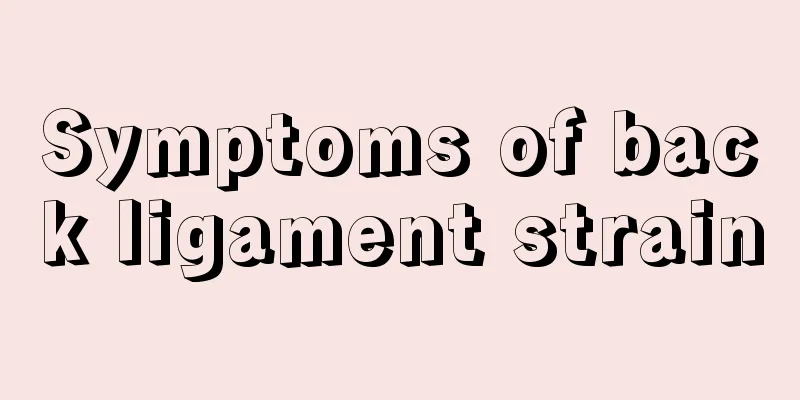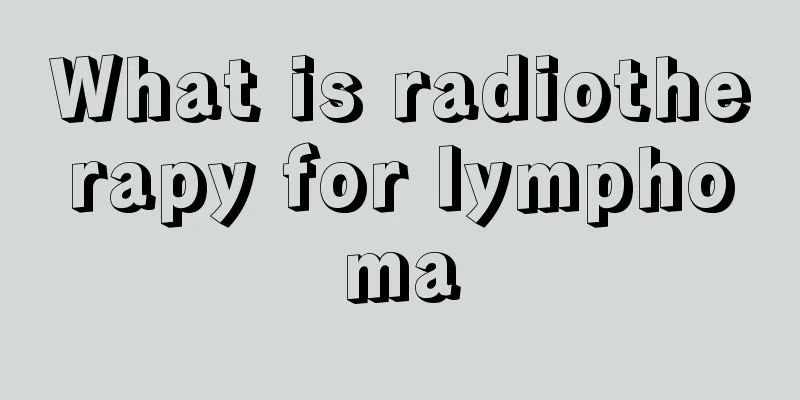Congenital heart disease

|
The symptom of congenital heart disease is relatively common. It causes great harm to the patient's body and mind. It is recommended that everyone should know the treatment methods of congenital heart disease. When a baby has congenital heart disease, he or she will generally show symptoms such as difficulty breathing and a purple nose tip. Mothers should know the symptoms of congenital heart disease in their babies, which will help to treat congenital heart disease in a timely manner. What are the symptoms of congenital heart disease in children? Mild congenital heart disease in children has no obvious symptoms and usually only becomes apparent after it develops to a certain extent. Below we briefly introduce some common symptoms of congenital heart disease in children. 1. Bluish. It usually persists after birth, but may gradually appear three to four months after birth, and is most obvious on the lips, nail beds, and tip of the nose. 2. Heart murmur. Murmurs can be heard in most congenital heart diseases. These murmurs are loud and rough, and in severe cases may be accompanied by chest tremors. Some normal children have physiological murmurs. 3. Poor physical strength. Due to poor heart function, insufficient blood supply and hypoxia, critically ill children have difficulty feeding in infancy. Older children are unwilling to move and like to squat. They are easily fatigued after activities and have paroxysmal dyspnea. Those with severe hypoxia often faint suddenly while breastfeeding, crying or defecating and are prone to heart failure. 4. Susceptible to respiratory tract infections. Most congenital heart diseases are prone to respiratory infections due to increased pulmonary blood flow, which further leads to heart failure. The two are often causally related and become a major cause of death in children. 5. Heart failure. Usually most of the time, this is because the children have more serious heart defects, and the clinical manifestations are due to congestion in the pulmonary circulation and systemic circulation and reduced cardiac output. The children are pale, short of breath, have difficulty breathing and tachycardia, their blood pressure is often low, and their liver is enlarged, but peripheral edema is less common. 6. Developmental disorders. Children with congenital heart disease often have abnormal development, such as emaciation, malnutrition, and developmental delay. When parents find that their babies have some of the above symptoms, they should go to the hospital in time. Once it is confirmed that it is congenital heart disease, the doctor needs to make the best surgical plan. Currently, most congenital heart diseases can be completely cured. ... Can congenital heart disease in children be cured? Currently, most congenital heart diseases can be completely cured. Some can be treated through surgery, and some can heal on their own. This is determined by the type of disease in the child. 1. Ventricular septal defect. This is the most common type of congenital heart disease. Small defects often have no obvious symptoms. Large defects may cause developmental delay, fatigue, emaciation, paleness, and susceptibility to upper respiratory tract infections. For some children with ventricular septal defect, it is possible for the defect to close spontaneously before the age of 10. Therefore, if there are no complications, surgery can be performed after the age of 10. 2. Patent ductus arteriosus. It is a common type of congenital heart disease in children. After examination and diagnosis, it is best to undergo surgical treatment between the ages of 4 and 15, because it may heal on its own before the age of 4. 3. Atrial septal defect. Girls are more likely to be affected than boys, and the clinical manifestations vary depending on the size of the defect. Generally, developmental delay, pale complexion, fatigue, and chest tightness and shortness of breath after activities can be seen. If there are no complications, surgical treatment should be performed at the age of 10-15 years. 4. Tetralogy of Fallot. This type is more serious, and often causes cyanosis of the lips, fingers, and toes, shortness of breath, difficulty breathing, and developmental delay in infancy. It is generally ideal to perform surgical treatment between the ages of 5 and 15, but the success rate of surgery is not high. After treatment, parents still need to provide careful care, which will be more conducive to the baby's recovery. |
<<: Congenital six lumbar vertebrae
>>: Congenital external ear malformation
Recommend
What are calluses on the forefoot?
If there are calluses on the forefoot, it will no...
Radiotherapy is one of the main methods of treating lymphoma
For many complex lymphomas, resection surgery is ...
What are the symptoms of advanced lung cancer patients? Several clinical manifestations of advanced lung cancer
The symptoms of lung cancer vary at different sta...
How to remove scale from a thermos
How to remove scale from thermos has always been ...
What should patients with cerebral infarction eat?
In addition to daily medications, nursing is also...
Do you know the symptoms of rectal cancer? Check your body to see if you have this
Do you know the symptoms of rectal cancer? 1. Int...
Is it easy to treat vulvar leukoplakia in the early stage
Vulvar leukoplakia is a serious problem that plag...
What to do if thyroid cancer does not absorb iodine
If thyroid cancer patients do not absorb iodine, ...
Does muscular dystrophy affect intelligence?
Many people are not very familiar with the diseas...
What Chinese medicine to take during chemotherapy for lymphoma
For patients with malignant lymphoma, treatment i...
What are the normal liver function indicators?
The liver is an important detoxification organ in...
Is small cell lung cancer serious?
Small cell lung cancer often occurs in the bronch...
The use and health care effects of knee pads
Knee pads are actually just a piece of cloth used...
Is the cure rate of right ovarian teratoma high?
Is the cure rate of right ovarian teratoma high? ...
Epidemiological characteristics of liver cancer
The epidemiological characteristics of liver canc...









